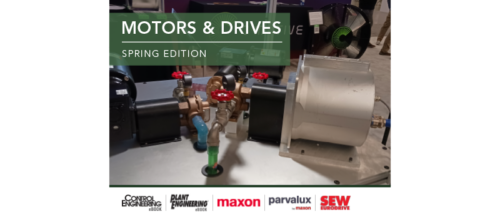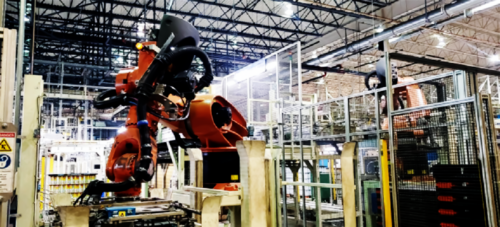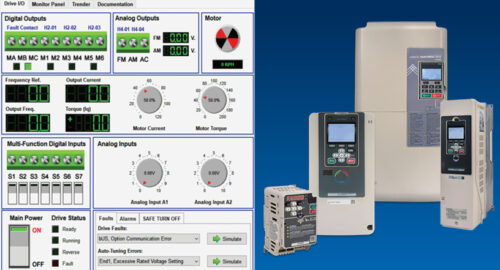Servomotor technology contributes to productivity
Servo drive control: Improved computing power advances servo motor technology. Fast processors in PC-based controllers (especially multi-core PCs) enable updates to multiple servo control loops while handling machine control logic.
Vast improvement in computing power is perhaps the most significant contribution to servo motor technology. Fast processors in PC-based controllers (especially multi-core PCs) make it possible to update multiple servo control loops while still handling machine control logic. Take the case of robotic mechanisms using multiple servo motors; only the path of the end effectors’ motion needs to be programmed instead of dealing with the motion of each individual motor. This abstraction permits faster development and more creative robotic implementations. The open architecture of these PC-based controllers paired with intelligent software offers standardized programming tools. These tools facilitate easier implementation of control routines and provide advanced preprogrammed routines though software libraries.
Networking advances make it possible for servomotors to better coordinate their activities. For example, the EtherCAT network with its distributed clock technology provides the tight control required by demanding robotic and CNC applications. EtherCAT enables setup and testing to all the components in a system through one standard connection to eliminate the need to plug into each drive separately.
Recent advances in servomotor technology also significantly reduce the cost of ownership. Servo motors that use one cable technology (OCT) combines the encoder signals with the power wires to eliminate one of the two cables between the motor and drive. Cables represent about 10% of the hardware cost in a typical installation. The potential savings from OCT increase when the installation and other indirect costs are considered.
A handful of motor advancements put together have increased the motor’s peak torque and continuous torque output. The peak torque is the amount of torque the motor can provide for short periods of time; the continuous torque is the amount of torque the motor can output forever. The continuous torque rating also reflects the amount of torque the motor can provide when the total torque profile is leveraged over time, commonly referred to as the motor’s duty cycle. More torque in a smaller package is a significant cost reduction in itself, but smaller servomotors can be used when you consider the torque ratio.
In a typical application, the torque needed to accelerate a mechanical system is orders of magnitude greater than the torque needed to overcome friction. This generally results in a low, continuous torque requirement since the motor isn’t constantly accelerating. Servomotors have a peak-to-continuous torque ratio in the neighborhood of three, while others can approach seven.
– Gary Kirckof is application engineer manager, Beckhoff Automation. Edited by Mark T. Hoske, content manager, CFE Media, Control Engineering and Plant Engineering, mhoske@cfemedia.com.
www.beckhoffautomation.com/drivetechnology
ONLINE
At www.controleng.com search Beckhoff Automation.
Do you have experience and expertise with the topics mentioned in this content? You should consider contributing to our CFE Media editorial team and getting the recognition you and your company deserve. Click here to start this process.





